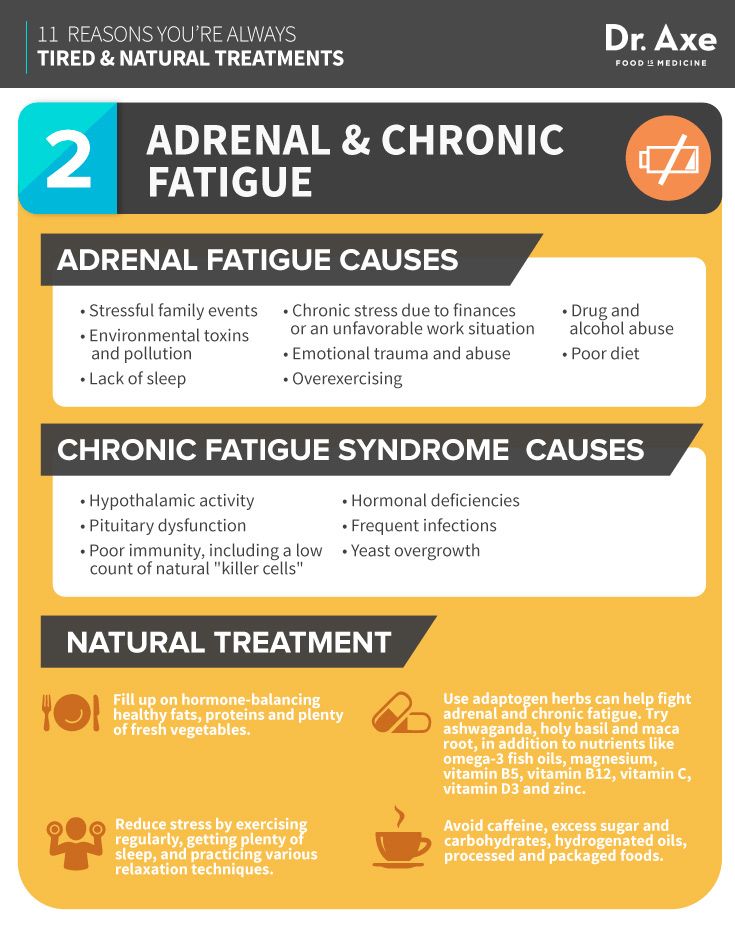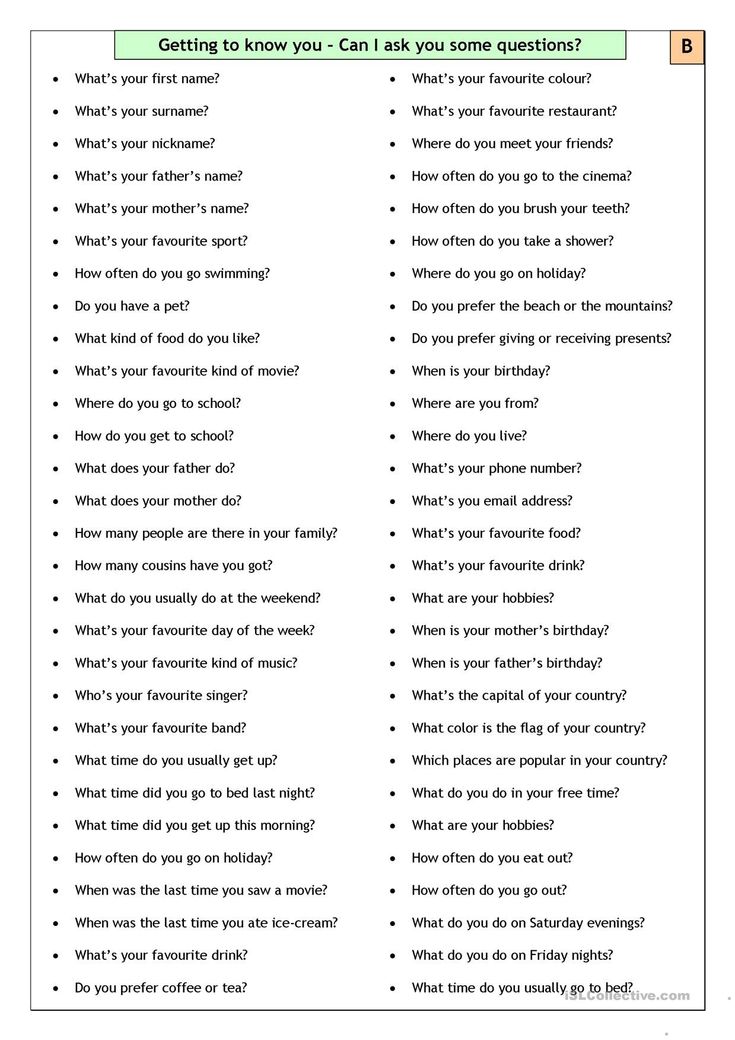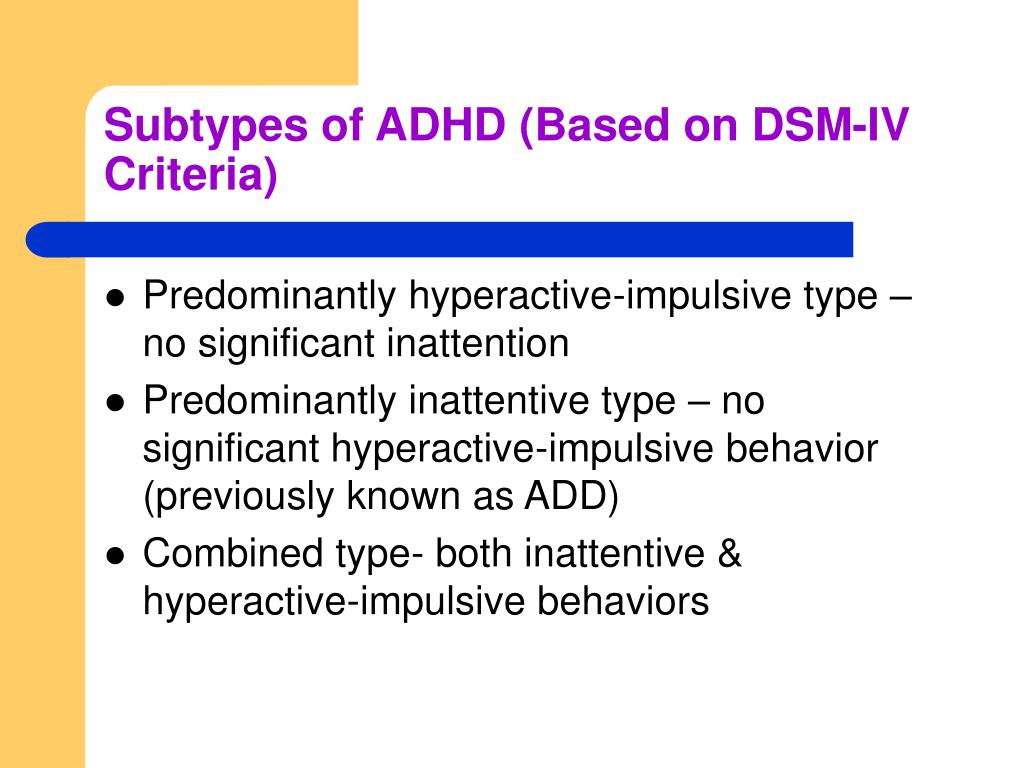Mindfulness of breath meditation
A 6-Minute Breathing Meditation To Cultivate Mindfulness
6-Minute Breathing Meditation
- 6:08
How do you cultivate mindfulness? One way is to meditate. A basic method is to focus your attention on your own breathing—a practice simply called “mindful breathing.” After setting aside time to practice mindful breathing, you’ll find it easier to focus attention on your breath in your daily life—an important skill to help you deal with stress, anxiety, and negative emotions, cool yourself down when your temper flares, and sharpen your ability to concentrate.
Time required:
15 minutes daily for at least a week (though evidence suggests that mindfulness increases the more you practice it).
The most basic way to do mindful breathing is simply to focus your attention on your breath, the inhale and exhale. You can do this while standing, but ideally you’ll be sitting or even lying in a comfortable position. Your eyes may be open or closed, but you may find it easier to maintain your focus if you close your eyes.
It can help to set aside a designated time for this exercise, but it can also help to practice it when you’re feeling particularly stressed or anxious. Experts believe a regular practice of mindful breathing can make it easier to do it in difficult situations.
Sometimes, especially when trying to calm yourself in a stressful moment, it might help to start by taking an exaggerated breath: a deep inhale through your nostrils (3 seconds), hold your breath (2 seconds), and a long exhale through your mouth (4 seconds). Otherwise, simply observe each breath without trying to adjust it; it may help to focus on the rise and fall of your chest or the sensation through your nostrils. As you do so, you may find that your mind wanders, distracted by thoughts or bodily sensations. That’s okay. Just notice that this is happening and gently bring your attention back to your breath.
- Find a relaxed, comfortable position. You could be seated on a chair or on the floor on a cushion.
 Keep your back upright, but not too tight. Hands resting wherever they’re comfortable. Tongue on the roof of your mouth or wherever it’s comfortable.
Keep your back upright, but not too tight. Hands resting wherever they’re comfortable. Tongue on the roof of your mouth or wherever it’s comfortable. - Notice and relax your body. Try to notice the shape of your body, its weight. Let yourself relax and become curious about your body seated here—the sensations it experiences, the touch, the connection with the floor or the chair. Relax any areas of tightness or tension. Just breathe.
- Tune into your breath. Feel the natural flow of breath—in, out. You don’t need to do anything to your breath. Not long, not short, just natural. Notice where you feel your breath in your body. It might be in your abdomen. It may be in your chest or throat or in your nostrils. See if you can feel the sensations of breath, one breath at a time. When one breath ends, the next breath begins.
- Be kind to your wandering mind. Now as you do this, you might notice that your mind may start to wander.
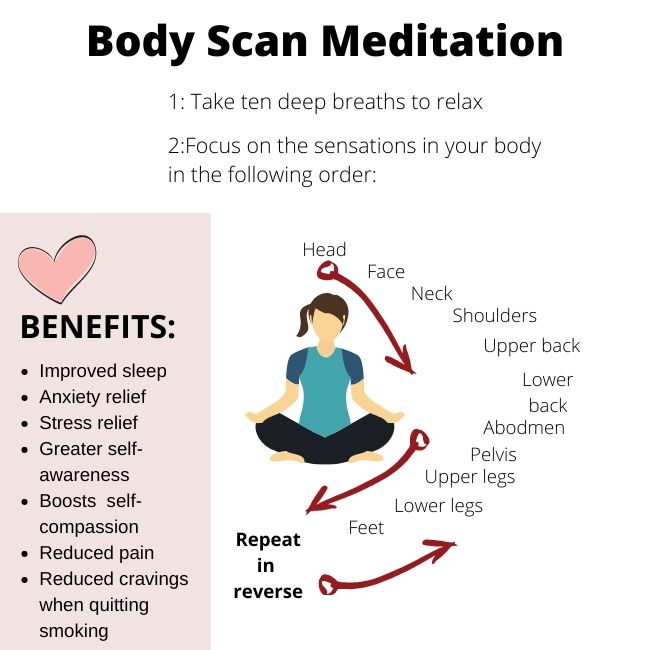 You may start thinking about other things. If this happens, it is not a problem. It’s very natural. Just notice that your mind has wandered. You can say “thinking” or “wandering” in your head softly. And then gently redirect your attention right back to the breathing.
You may start thinking about other things. If this happens, it is not a problem. It’s very natural. Just notice that your mind has wandered. You can say “thinking” or “wandering” in your head softly. And then gently redirect your attention right back to the breathing. - Stay here for five to seven minutes. Notice your breath, in silence. From time to time, you’ll get lost in thought, then return to your breath.
- Check in before you check out. After a few minutes, once again notice your body, your whole body, seated here. Let yourself relax even more deeply and then offer yourself some appreciation for doing this practice today.
You may find that your mind wanders, distracted by thoughts or bodily sensations. That’s okay. Just notice that this is happening and gently bring your attention back to your breath.
Breathe along with this GIF to calm a stressed out mind. Focus on the sensation of your breath in and out.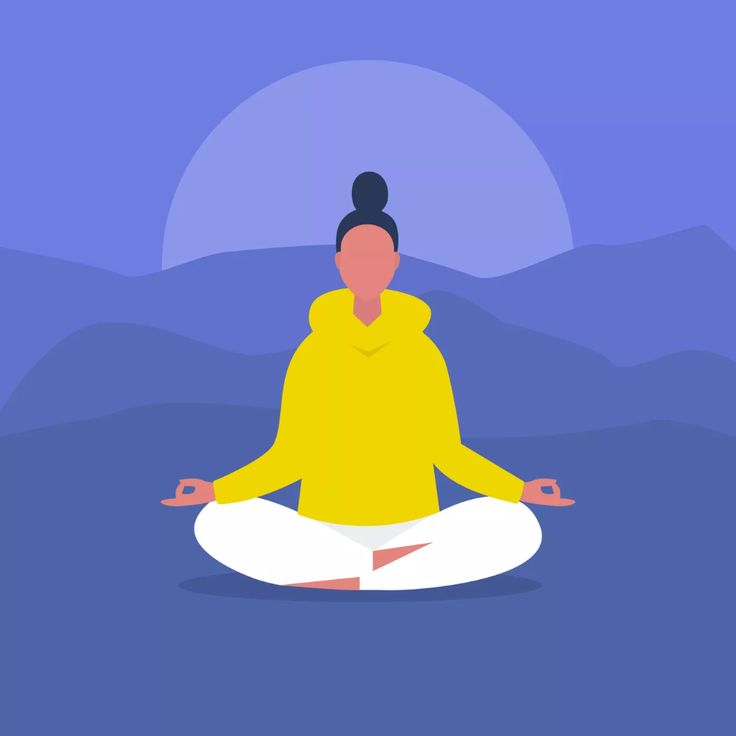
This article was adapted from Greater Good In Action, a site launched by UC Berkeley’s Greater Good Science Center, in collaboration with HopeLab.
Breath meditation: A great way to relieve stress
Simply observing the breath can damp down stress and open a door to a more healthy and mindful lifestyle.
Psychological stress has a devastating effect on health. Research shows that people with heart disease do worse over time if they don't control stress, and stress seems to be associated with a higher risk for cancer. Stress is strongly associated with poorer memory and more aches and pains. However, reducing stress helps you sleep more restfully and control high blood pressure.
One of the easiest ways to reduce stress is to simply focus your attention on your breath. It's a form of "entry level" meditation that anyone can do. You'll notice an immediate sense of relaxation that could help protect your health over time.
If you enjoy it, breath meditation can be a gateway to a broader practice of "mindfulness," in which you learn to accept and appreciate what comes in life and stop fighting your own thoughts and feelings. "Many people take up mindfulness practices thinking they'd like to relax more, but where it leads is a very different approach to life and its inevitable challenges," says Dr. Ronald D. Siegel, assistant clinical professor of psychology at Harvard Medical School.
"Many people take up mindfulness practices thinking they'd like to relax more, but where it leads is a very different approach to life and its inevitable challenges," says Dr. Ronald D. Siegel, assistant clinical professor of psychology at Harvard Medical School.
Getting started
Simple breathing meditation requires only that you find a comfortable position in a place with minimal distractions. You may sit, stand, or walk—whichever you prefer. Many people find the sitting position to be best. Two ingredients are required to make breath meditation work:
-
a sustained focus for your mind such as the repetition of a sound, word, phrase, or movement
-
allowing everyday thoughts to come and go as you focus on the repetition.
The mind can be a noisy, busy place. As you try to focus your attention, thoughts will often arise. The key is to not get annoyed or impatient with your unquiet mind. Acknowledge the thoughts and let your attention slip from them.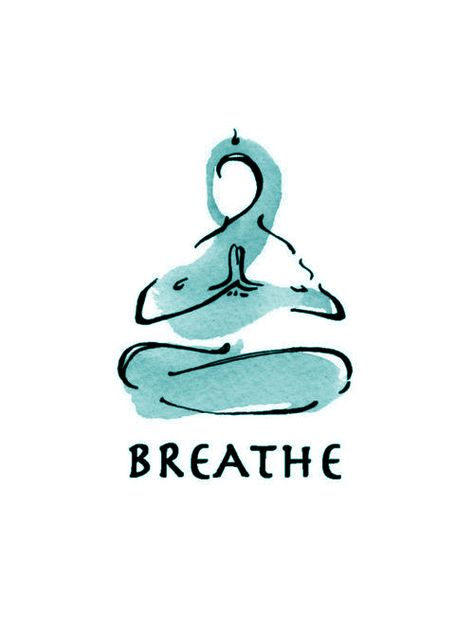 "Learning to focus attention and relax is a skill," Dr. Siegel says. "As with any skill, your ability to focus and relax will improve with practice."
"Learning to focus attention and relax is a skill," Dr. Siegel says. "As with any skill, your ability to focus and relax will improve with practice."
Many people find it helpful to start by focusing on their breath, and silently count inhalations and exhalations: In (one), out (two), in (three), and so on. This gives you something to focus on besides intrusive thoughts.
It also helps to create a meditation practice by doing it at the same time every day. To start, try for 10 minutes in the morning and evening; then gradually increase to 20 or 30 minutes. Of course, you are also free to initiate a session of breath meditation any time you feel stressed out.
Gateway to mindfulness
Meditation is a good way to increase mindfulness in your whole life. Mindfulness is a concept that sprang from Buddhism originally, although its fundamental principles are shared by many spiritual traditions, philosophies, and religions. Mindfulness simply means the practice of purposely focusing your attention on the present moment—and accepting it without judgment.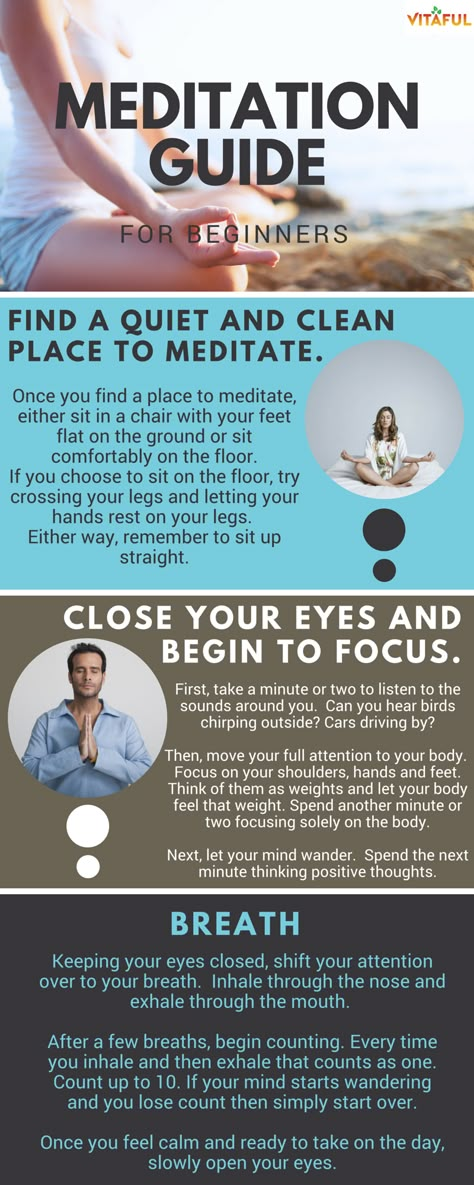
"It is intended to help us come to a healthy relationship with the inevitabilities of the difficulties of life, which is much more profound than relaxation training," Dr. Siegel says. "These practices are designed to train the brain and the mind to embrace life as it actually is. When we can do that, we wind up being much less stressed. Ultimately, most of our stress comes from fighting reality."
Breath awareness meditation |
| Posture |
|
| Breathing |
| Attention |
| Thinking |
|
| SOURCE: www.mindfulness-solution.com |
Help to get started
You can explore mindfulness in many ways. Here are some easy ones:
-
Sign up for a formal course in mindfulness meditation.
-
Get a book on meditation, such as Dr. Siegel's The Mindfulness Solution: Everyday practices for everyday problems (The Guilford Press, 2009).
-
Find a meditation center near where you live.
-
Buy guided meditation CDs or download digital recordings from iTunes and other online services.
Mindful breathing: how to get rid of anxiety once and for all
Today we will talk about how to learn how to create an invisible but reliable barrier between the symptoms of stress and you.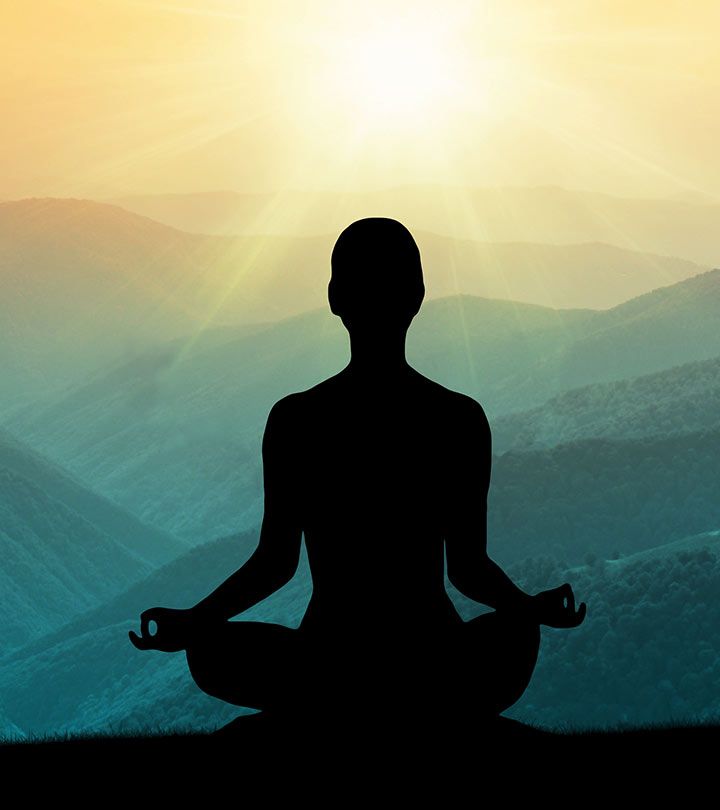 I want to give a few recommendations, putting into practice that you can alleviate anxiety and anxiety and, as a result, become calmer and more joyful.
I want to give a few recommendations, putting into practice that you can alleviate anxiety and anxiety and, as a result, become calmer and more joyful.
When unconsciously reacting to a stressor, the emotional response of your mind and body can develop into a habit that deepens suffering and damages health. That is why it is vitally important to master the ability to clearly distinguish between conscious and unconscious reaction. This knowledge will open access to those boundless internal resources that you may not have even suspected. It is not always possible to reverse the circumstances that drive you into tension, but it is in your power to consciously rebuild the chain of reactions and deal with stress constructively. As you improve your mindfulness skills, step by step, you will learn how to prevent panic attacks and anxiety, which will significantly improve your emotional and physical health.
You can learn to prevent anxiety and panic attacks
Ride more quietly - you will get further
The purpose of mindful breathing is to help you overcome anxiety and stress, not to deepen suffering by creating additional tension.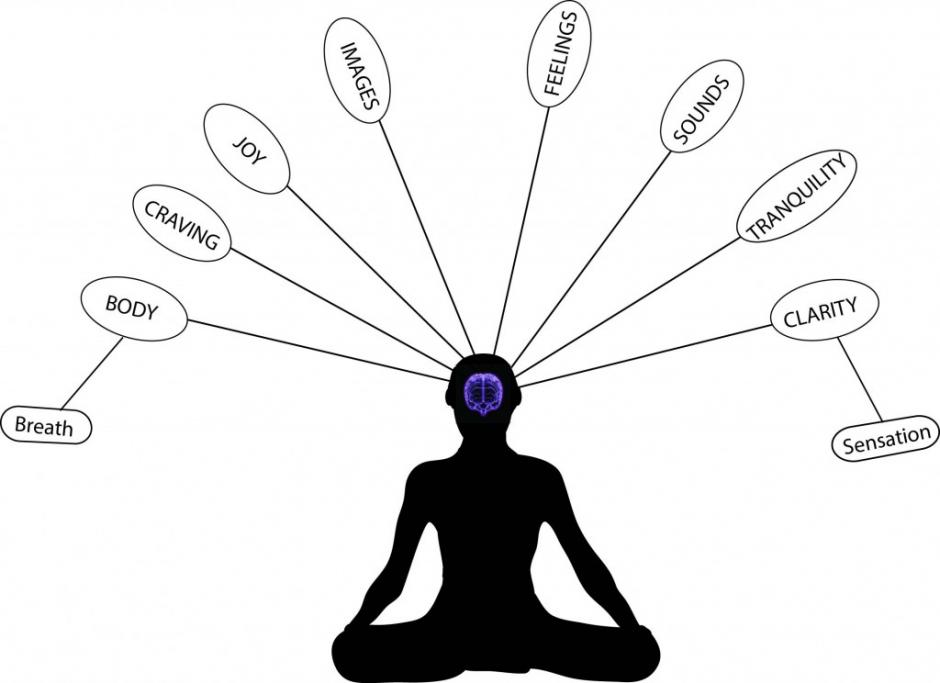 So take your time. Don't forget that you can stop at any moment. Don't get overwhelmed, take care of your health. Take care of yourself - everything has its time, practice will certainly sow the seeds that will give a rich harvest. With desire and perseverance, you will inevitably learn to reduce the manifestations of stress, which means you will live happier and calmer.
So take your time. Don't forget that you can stop at any moment. Don't get overwhelmed, take care of your health. Take care of yourself - everything has its time, practice will certainly sow the seeds that will give a rich harvest. With desire and perseverance, you will inevitably learn to reduce the manifestations of stress, which means you will live happier and calmer.
A little theory about diaphragmatic breathing
The practice of mindful breathing is a key exercise in the MBSR Mindfulness Based Stress Reduction Program.
As a rule, in the process of experiencing stress, our breathing speeds up uncontrollably and changes from deep to short and shallow. The so-called "thoracic" breathing, which involves only the upper parts of the lungs, is included.
The art of conscious breathing is based on the knowledge of the human body and the development of the ability to control it. In moments of panic attacks, the transition from chest breathing to diaphragmatic breathing helps to relax the whole body and calm the mind.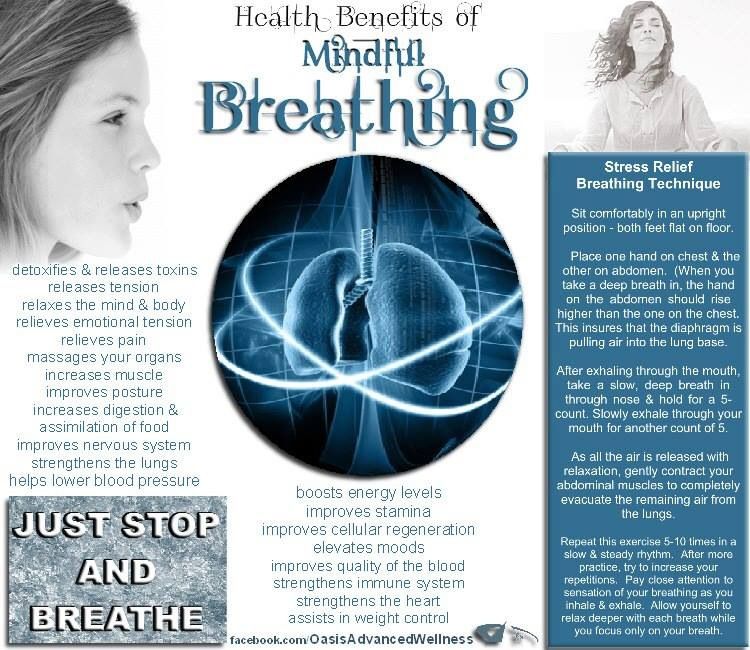 The diaphragm is a muscle that separates the abdominal and thoracic cavities, the boundary of which runs under the ribs. In the human body, it serves to expand the lungs. "Abdominal" breathing is most often characteristic of sleep and periods of relaxation. Thus, while you consciously move into such breathing, actively using the power of the diaphragm, your body regards what is happening as a clear signal for relaxation and peace.
The diaphragm is a muscle that separates the abdominal and thoracic cavities, the boundary of which runs under the ribs. In the human body, it serves to expand the lungs. "Abdominal" breathing is most often characteristic of sleep and periods of relaxation. Thus, while you consciously move into such breathing, actively using the power of the diaphragm, your body regards what is happening as a clear signal for relaxation and peace.
In times of stress, you need to replace chest breathing with abdominal breathing
Learn simple meditation
Find a few minutes in your work and rest schedule for meditation, but not less than five. Hide from the outside world in a calm, quiet place where no one and nothing will disturb you. Make sure that the telephone and other inventions of mankind that distract attention are turned off or are out of sight and sound. Don't let modern technology rob you of your precious moments dedicated only to yourself.
Relax and assume a comfortable position.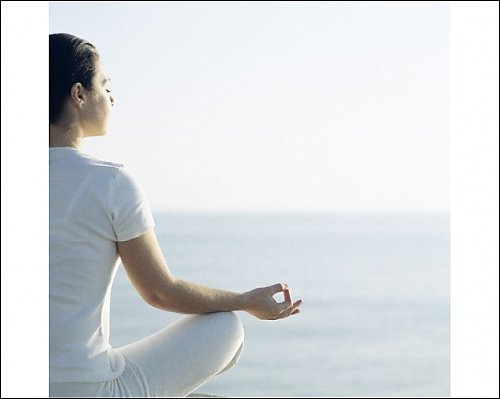 You can sit down or even lie down. Perhaps you should even close your eyes. Feel the deep joy that you were able to find the time to practice. Place your hands gently on your stomach. Direct all attention to the area around the navel. Breathe in a calm measured rhythm, watching how the stomach gently rises when inhaling and gently falls when exhaling. Imagine that you have a balloon in front of you, and you first inflate it measuredly, and then blow it off in the same rhythm. In this case, the stomach increases in size, and then shrinks, losing air. Breathe in and out consciously. Focus on physical sensations. If the first time you can't control your breath with your stomach, move your hands to your chest and follow the movements of the chest. If there are difficulties in breathing awareness, the task can be simplified even more - to observe only the air flows in the nasal cavity. Breathe naturally. Live in the present, don't worry about the past, don't worry about the future. There is only you, silence around and YOUR BREATH.
You can sit down or even lie down. Perhaps you should even close your eyes. Feel the deep joy that you were able to find the time to practice. Place your hands gently on your stomach. Direct all attention to the area around the navel. Breathe in a calm measured rhythm, watching how the stomach gently rises when inhaling and gently falls when exhaling. Imagine that you have a balloon in front of you, and you first inflate it measuredly, and then blow it off in the same rhythm. In this case, the stomach increases in size, and then shrinks, losing air. Breathe in and out consciously. Focus on physical sensations. If the first time you can't control your breath with your stomach, move your hands to your chest and follow the movements of the chest. If there are difficulties in breathing awareness, the task can be simplified even more - to observe only the air flows in the nasal cavity. Breathe naturally. Live in the present, don't worry about the past, don't worry about the future. There is only you, silence around and YOUR BREATH. There is no need to analyze it, evaluate it, delay it, manipulate it. You don’t need to be or appear to be anyone, to rebuild or change something in yourself. Be aware only of the inhalations and subsequent exhalations, as if in a quiet bay you are enjoying the spectacle of the ebb and flow of the sea. Imagine that the air is the waves on the beach, which roll with salty coolness on your bare feet and elude you with foam.
There is no need to analyze it, evaluate it, delay it, manipulate it. You don’t need to be or appear to be anyone, to rebuild or change something in yourself. Be aware only of the inhalations and subsequent exhalations, as if in a quiet bay you are enjoying the spectacle of the ebb and flow of the sea. Imagine that the air is the waves on the beach, which roll with salty coolness on your bare feet and elude you with foam.
During meditation, you may notice that your thoughts are confused and wandering, attention is switched to events and details that are not related to practice. Recognize this fact, do not reproach yourself and do not blame anything. Try to figure out the object to which your thoughts rushed. And then carefully redirect them back to your breath.
At the end of the meditation, mentally congratulate yourself on whatever result you have achieved. Thank yourself for doing your best to be present, to enjoy the here and now. Experience the joy of empowering your inner resources to heal your body and mind, and feel like you are on the path to healing and well-being.
Take time to meditate
Patience and work will grind everything
Pamper yourself - dedicate at least a few minutes to meditation, but every day. Use it as an opportunity to focus on yourself. If during the day you find time for the second or even third "five minutes", feel free to devote them to conscious breathing. Your body will certainly thank you. Gradually lengthen your meditation sessions to 10, 15, 20, 30 minutes. Let the need to take breaks for conscious breathing turn into a pleasant habit.
A timer or an alarm clock can be a good help in controlling the time of meditation. Progress does not stand still, and free timers for meditation with a harmonious musical background are freely available on the Internet.
The practice of mindful breathing can become an integral part of your daily life. As you improve your abilities, you will be able to practice it at home and at work, on the way to the store or on public transport.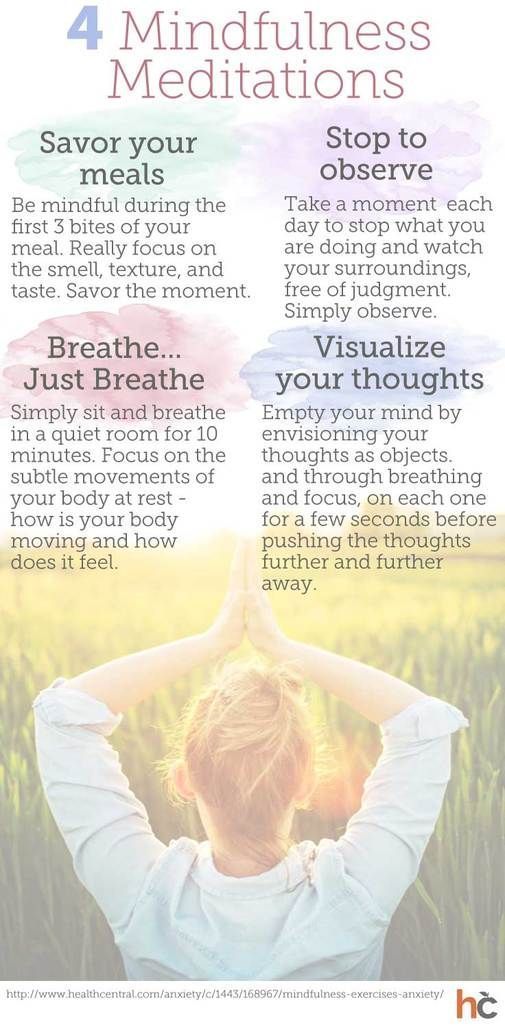 Develop the habit of taking a few mindful breaths before going to bed and after waking up, during your lunch break, a couple of hours before the end of the working day. And most importantly, breathe consciously using your diaphragm during panic attacks and anxiety. Breathing "belly" will soften negative emotions and reduce stress.
Develop the habit of taking a few mindful breaths before going to bed and after waking up, during your lunch break, a couple of hours before the end of the working day. And most importantly, breathe consciously using your diaphragm during panic attacks and anxiety. Breathing "belly" will soften negative emotions and reduce stress.
I sincerely wish you to succeed in the art of conscious breathing!
Happiness starts small
Please enable JavaScript to view the comments powered by Disqus.
25 tips for those who want to start meditating, but it just doesn't work
Health
Scientists agree that meditation has a great effect on our productivity, development of attention skills, stress tolerance and overall health. We publish an excerpt from the book by Rick Hanskon and Richard Mendius “The Brain of the Buddha. The Neuropsychology of Happiness, Love and Wisdom, which details how to learn to meditate even for the most restless people.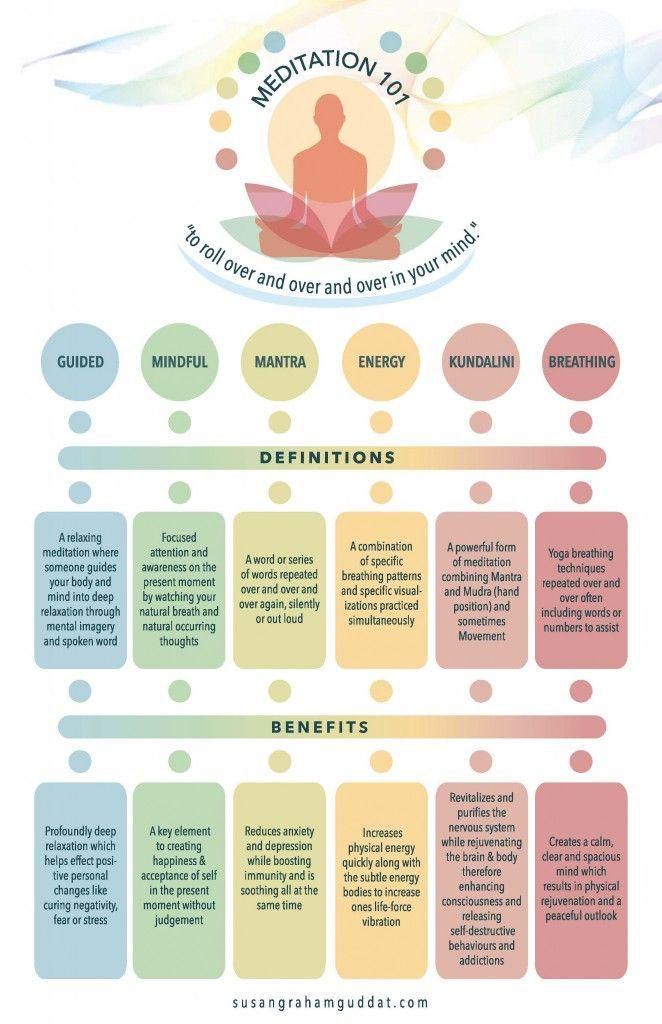 Take note!
Take note!
Keep your attention on the object
1. Imagine a little security guard watching how you control your breathing; it will increase your alertness if you start to get distracted. This guard lives mostly in the anterior cingulate cortex (ACC), which compares actual actions with goals; The ACC is the part of your brain most involved in directing and sustaining attention.
2. Use the speech centers of the brain: count or mark breaths with words. You can quietly (in the background of attention) count each breath from 1 to 10, and then start counting again. If you lose count, just start again from one. (You can also count down from 10 to 1, and start at 10 if you get lost.) If you're ambitious, try counting ten breaths ten times for a total of one hundred breaths and never fail. If you like, you can count on your fingers, straightening one each time, until you open all the fingers on both hands. This exercise can be a great way to start meditation: it will help you quickly enter the desired state.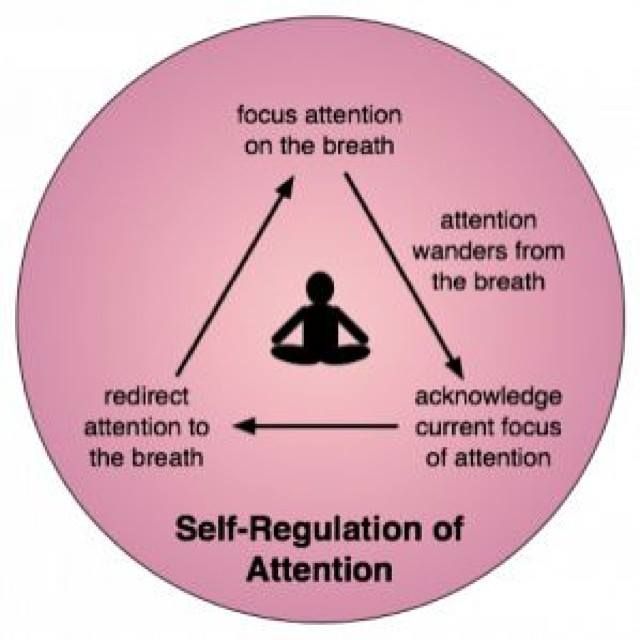
3. You can carefully notice experiences, for example, think “inhale, exhale” — and so on with each breath. If it helps, quietly notice the appearance of thought objects: “thinking,” “remembering,” “worrying,” “planning,” and so on.
4. Deepen your involvement in the process of breathing: send warmth , tenderness and even affection to it. Emotions in relation to something naturally increase attention, in addition, they involve the brain as a whole in the process; accordingly, even more neural networks are associated with the object of attention.
Eliminate distractions
Here are a few ways to keep your mind relatively calm while keeping distracting intruders out of your mind.
5. Take a few minutes at the very beginning of your meditation to open up and explore all the sounds and stimuli around you; do the same for the inner world. Ironically, when you accept all the distractions, they simply disappear.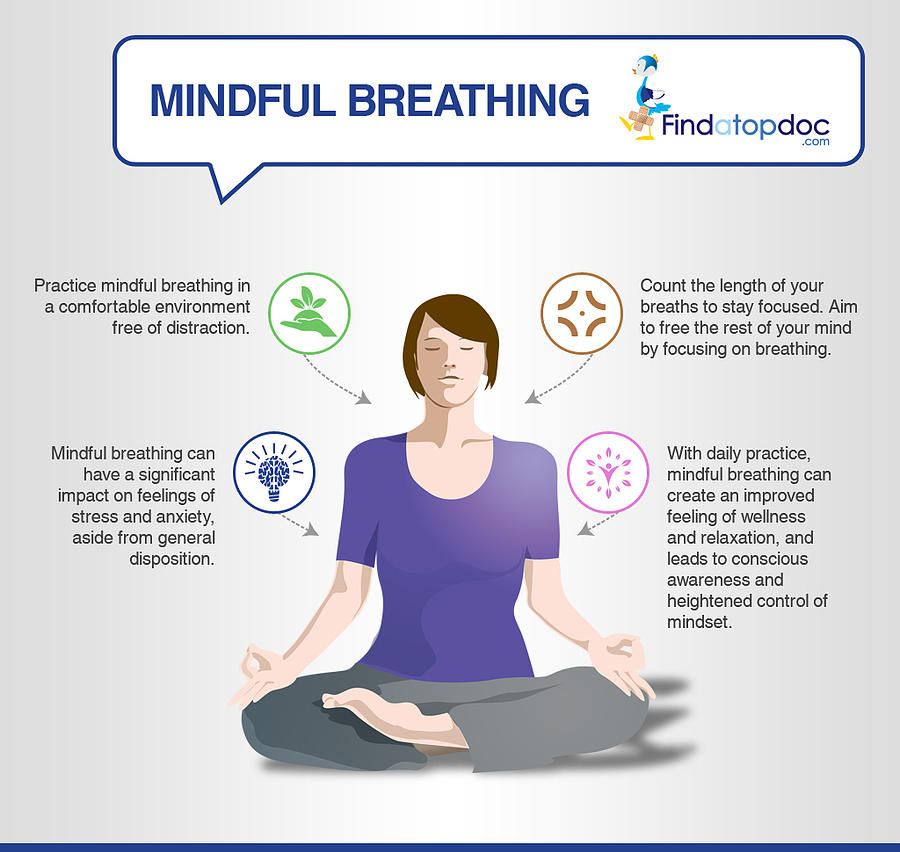 In addition, the brain gets used to stable stimuli and after a while it ceases to be distracted.
In addition, the brain gets used to stable stimuli and after a while it ceases to be distracted.
6. When you perceive something in its entirety, it moves faster through the thought space. It's like someone is knocking on the door: if you ignore the knock, it will continue, but if you open the door, the one who knocked will come in, say what he needs, and leave. You can speed up this process by using the gentle remark technique described above (for example, “traffic noise… annoyance”). By allowing something to become fully conscious, you are also allowing the latent neural circuits already involved in the process to emerge. But now the message has been delivered, and the neural circuit no longer has to compete with other circuits for your attention. Once they've done their job of delivering the right message, they'll engage in a powerful RAM refresh process that usually clears the board after a while to make room for new messages.
Meditation focuses the mind, preparing it for contemplative practices and making it more insightful
7. After the feeling of distraction has diminished, refocus on the object of attention (or on the type of meditation that you are doing). If you start getting distracted again, you can always open the gate for a few minutes.
After the feeling of distraction has diminished, refocus on the object of attention (or on the type of meditation that you are doing). If you start getting distracted again, you can always open the gate for a few minutes.
8. Alternatively, you can gently push away distracting thoughts in the earliest stages of their development and continue to sink into the breath. Thus, you will undermine the process of formation of neural connections even before they are finally formed.
9. Remind yourself that you can think of other things later; tell yourself that you have taken this time to meditate and want to follow the plan. This will help tap into the prefrontal cortex's ability to influence top-down perception and thought processes (Engel, Fries, and Singer, 2001).
10. Watch everything that passes through your consciousness, as if watching a performance, in which some actors are replaced by others. Why get too carried away with one thing if you know that it will soon be replaced by something else?
11.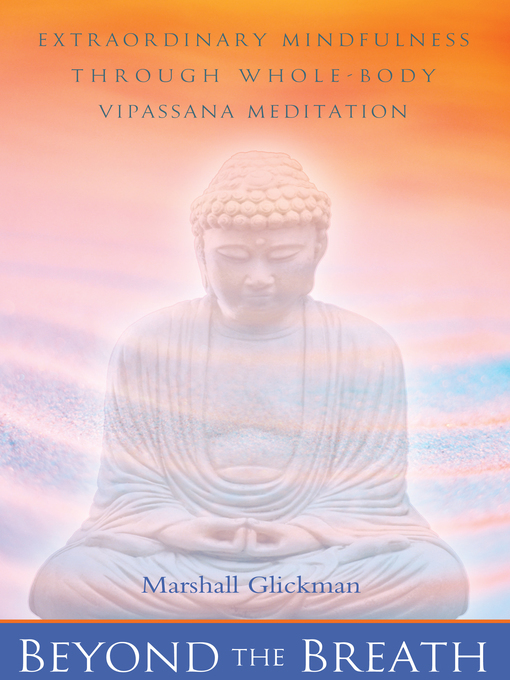 If all the above methods do not help, make the distracting phenomenon an object of meditation - this time. Once, when I was trying to concentrate on my breathing, I couldn't help but be distracted by the loud air conditioner. After a while, I gave up and switched to the sound of the air conditioner - and gradually completely immersed myself in it.
If all the above methods do not help, make the distracting phenomenon an object of meditation - this time. Once, when I was trying to concentrate on my breathing, I couldn't help but be distracted by the loud air conditioner. After a while, I gave up and switched to the sound of the air conditioner - and gradually completely immersed myself in it.
Meditation for the most violent
The following methods increase the stimulation received from meditation. They will certainly come in handy for people with active types of temperament. It is important to observe moderation and use them only when it is really necessary to maintain the balance of the mind, without running away from the process of meditation and the self-discipline required for it.
12. The brain increases attention in response to novelty. Therefore, try to notice what distinguishes each breath from the rest. Get new information by paying attention to details, such as the sensations at different points on the upper lip.
13. Concentrate on the various sensations of some large area of your body , such as the chest. Or pay attention to how the breath awakens sensations throughout the body, notice the slightest movement of the hips or head.
14. Break your breath into small parts so that you can notice the little things. Inhale, exhale, a short pause between them - now the breath is already divided into three stages. You can divide each inhalation and exhalation into its component parts. (This method is useful for walking meditation and other practices.)
15. Meditate while walking - movement provides more stimulation than sitting still. Or you can use other meditation-like practices like yoga or tai chi.
16. Open yourself to a sense of sufficiency and satisfaction . This will simultaneously increase stimulation and send a message to the brain that you have already had enough and you do not need anything else.
17. Since the neutral sensual tone does not contain stimuli, it sort of disposes the mind to search for something interesting. You can monitor exactly how your mind responds to neutral thought objects and increase their stimulation by calmly saying the word “neutral” to yourself.
How to increase joy
Now let's explore the other two factors of absorption: delight and joy. Positive sensations help focus attention because they cause a rapid transfer of dopamine along the nerve fibers associated with working memory. As we saw in the previous chapter, the gates to working memory—and thus to the field of awareness—open when dopamine is not enough and when it is too much. Consistently high levels of dopamine—as with positive emotions—prevent dopamine deficiency. What’s more, when dopamine-releasing neurons are at their near-peak activity levels, it’s hard for them to fire any further, since they’ve almost reached their ceiling already. Therefore, the more joyful and intense your feelings, the more focused your attention will be.
In other words, whether you want to dive into the depths of meditative contemplation or just want to open your eyes at an evening meeting, feeling happy will most likely help you. Personally, I find increasing positive emotions while meditating is a great practice to help you feel even better, increase your focus, and keep you feeling well-being throughout the day. Here are some ways to increase elation and joy. First try them during meditation, and then you can apply them in everyday life.
18. Pay attention to delight and joy when they arise naturally. Open up to these feelings and immerse yourself in them.
19. Think: “May I feel pleasure. May I feel joy (happiness, contentment, peace).” Stay relaxed, but set the intention to experience delight and joy.
20. Incorporate delight and joy into the sensations of breathing. Let pleasure breathe with you, let your breath be filled with peace.
21.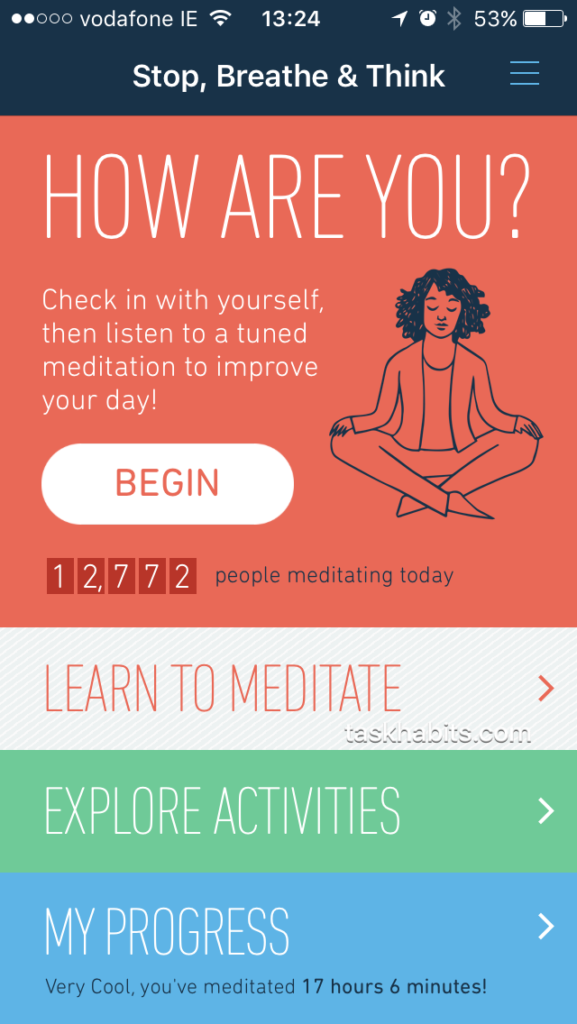 Make delight or joy the object of your attention , let it seep into the very state of being.
Make delight or joy the object of your attention , let it seep into the very state of being.
Rapture and joy help to focus attention, because they provide a constantly high level of dopamine
22. Joy includes happiness, satisfaction and peace of mind ; explore each of these states. For example, calmness is considered one of the seven factors of enlightenment in Buddhism, and it also leads to concentration. This feeling of peace and quiet is like a calm clear pond and is really worth exploring and cultivating.
23. Be conscious of various nuances of delight, happiness, satisfaction and calm. Examine each of these sensations so that in the future it will be easy to restore them. Over time, one naturally moves away from the intensity of elation towards the milder but higher rewards of happiness, contentment, and tranquility.
24. Experiment with gradually increasing these states of mind - you can try to slightly speed up your breathing.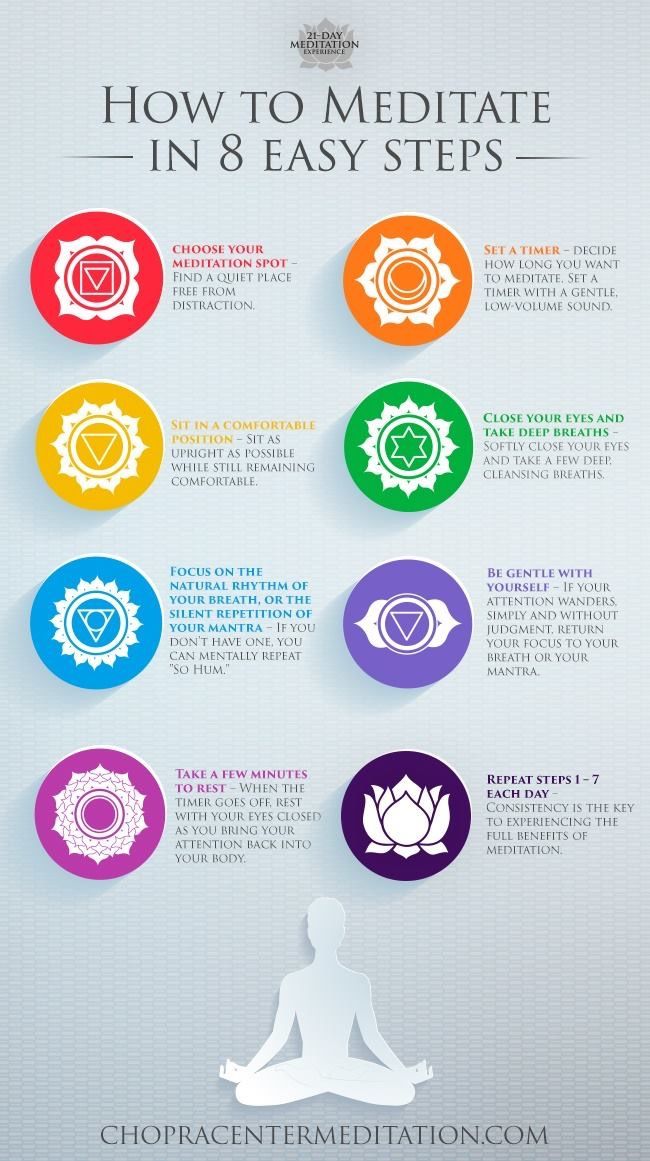 This is a natural way to increase the state for a few seconds or minutes, and then calm down again (after that, you can repeat the experiment).
This is a natural way to increase the state for a few seconds or minutes, and then calm down again (after that, you can repeat the experiment).
25. As one meditates one should move from delight → to joy → to satisfaction → to calmness. And when the meditation comes to an end, walk this path in the opposite direction, step by step. Do not jump from delight to calmness.
In general, try to find a pleasurable state in which you can keep your mind active enough to intensify these sensations, but not too mind-controlling or striving for any result.
How to use daily
No matter where you start, you can learn to concentrate better. Concentration is like a muscle: it gets stronger when you use it. When your mind starts to wander (and it will), try not to criticize yourself too much; just come back to awareness with the next breath. As Buddhist teacher Joseph Goldstein says, relax, but don't be casual. What matters is not what happened in the past, but what you are doing now.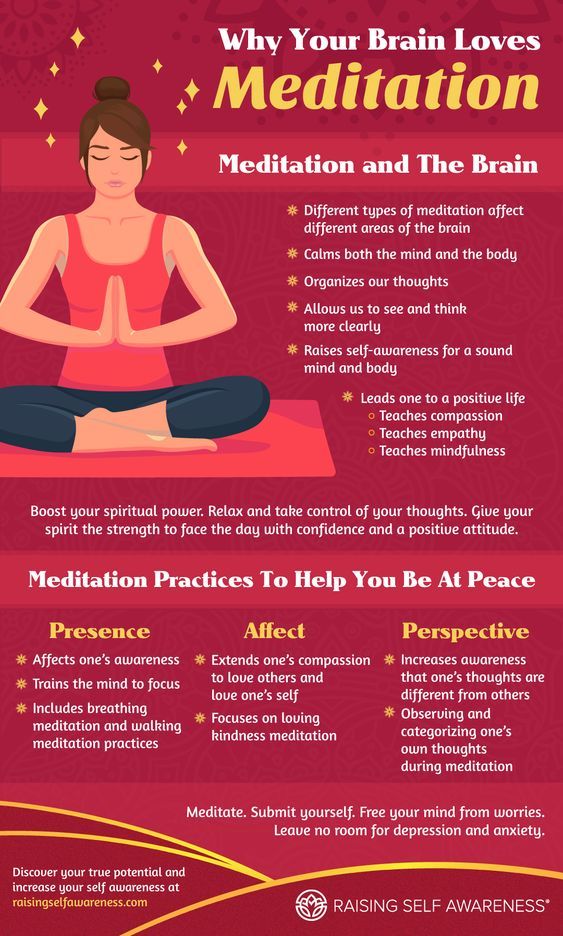
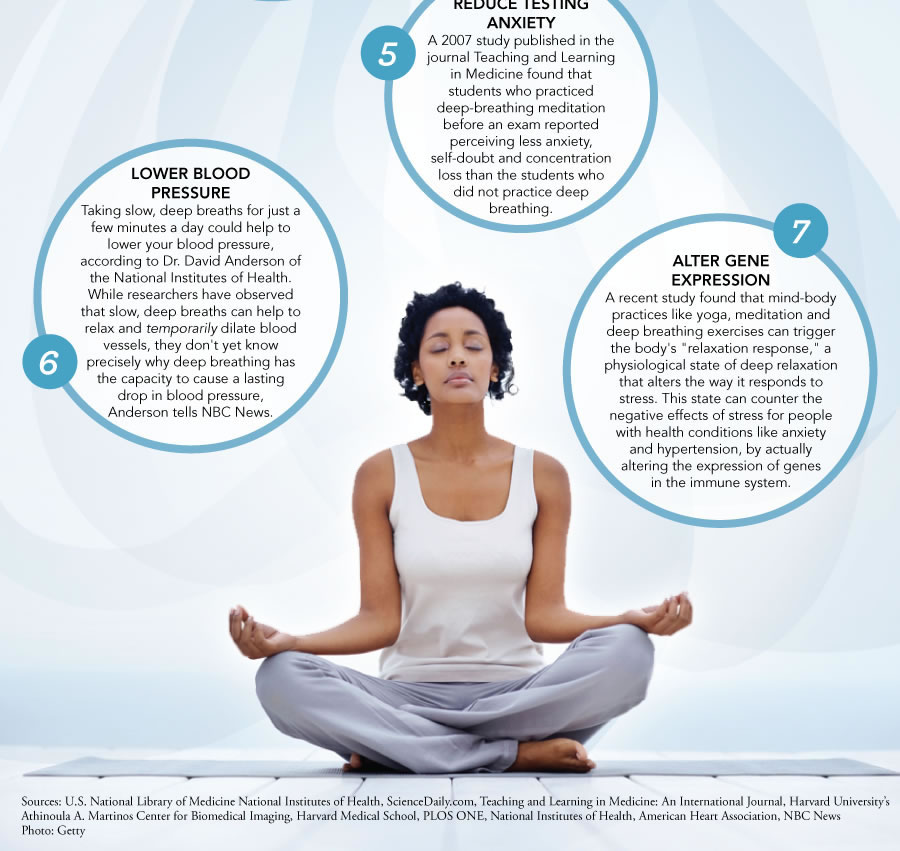 This is natural. Simply allow them to arise and pass.
This is natural. Simply allow them to arise and pass.


